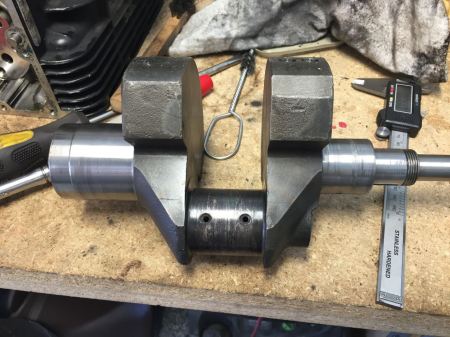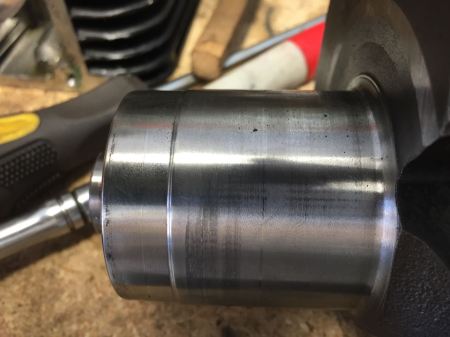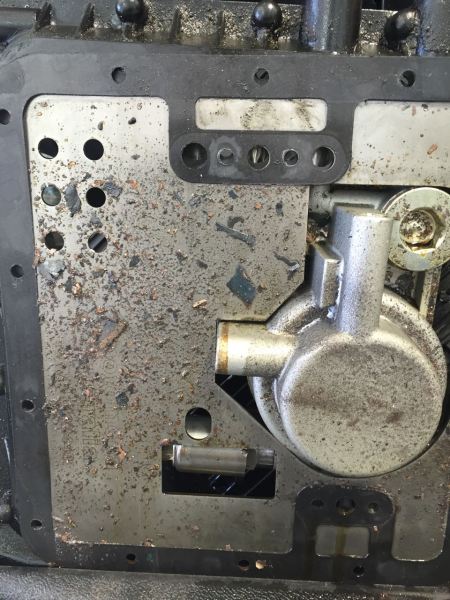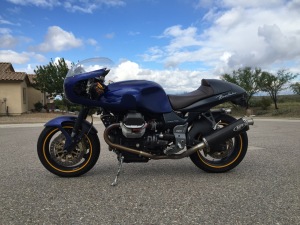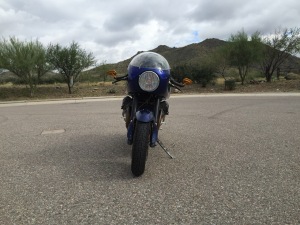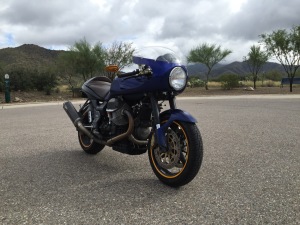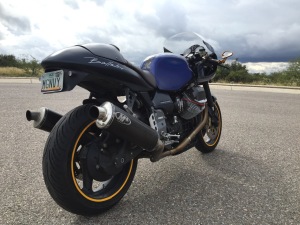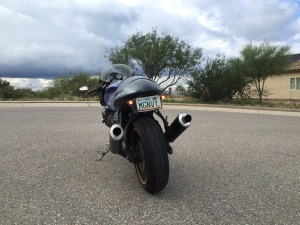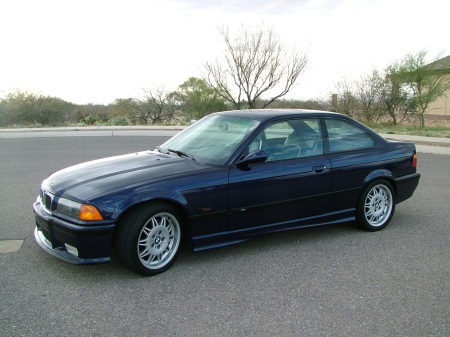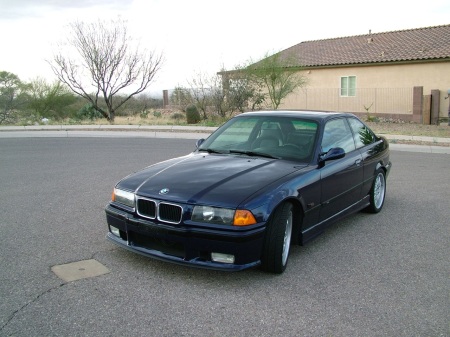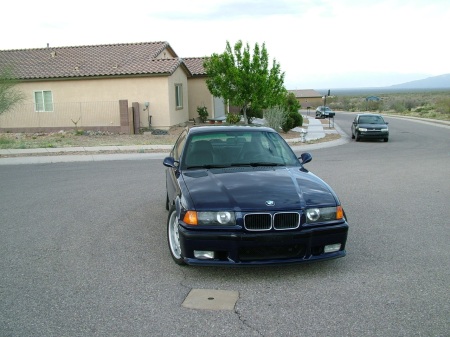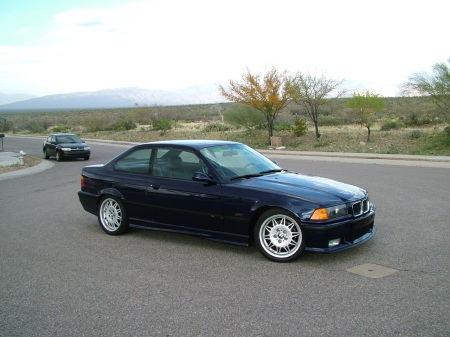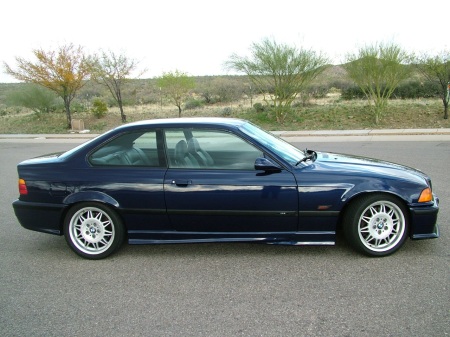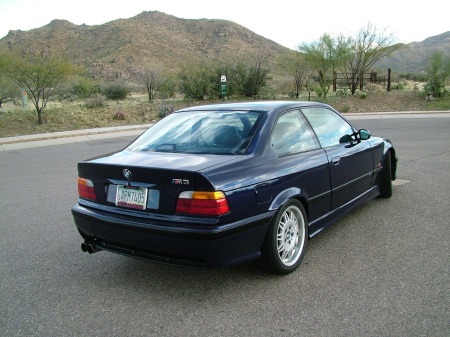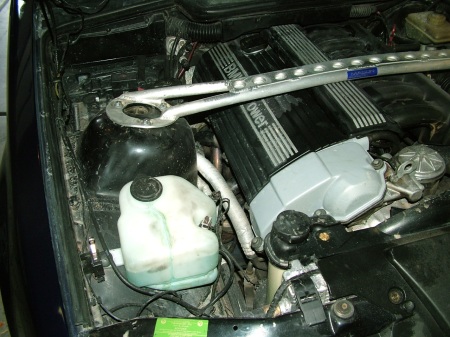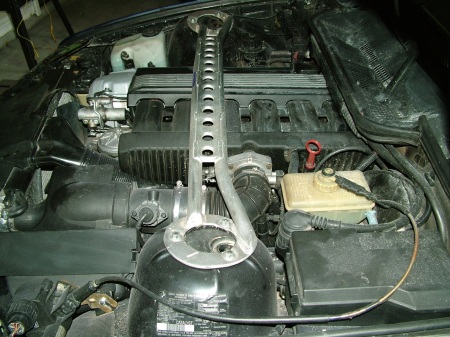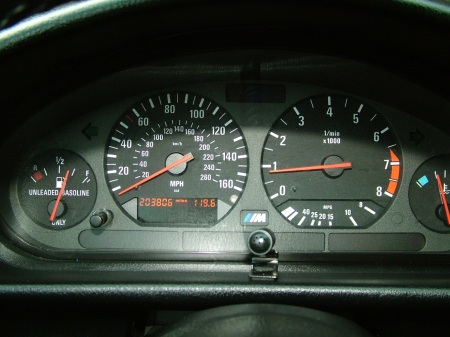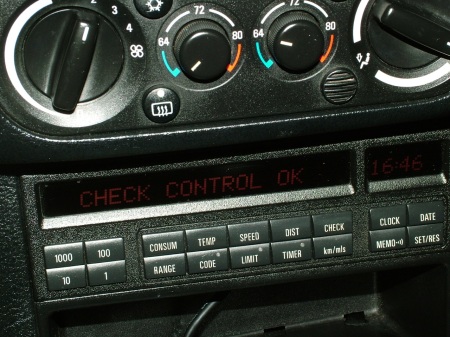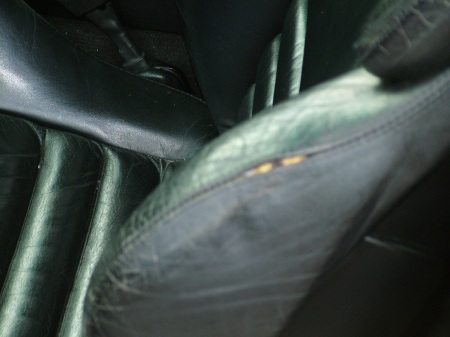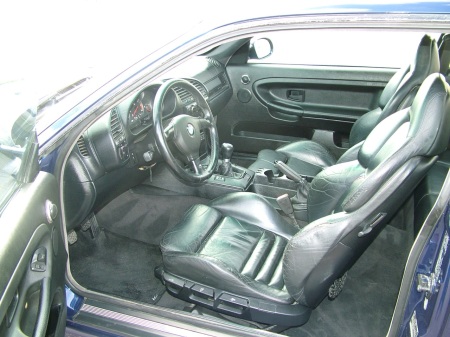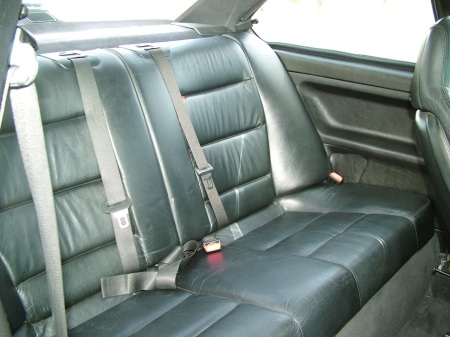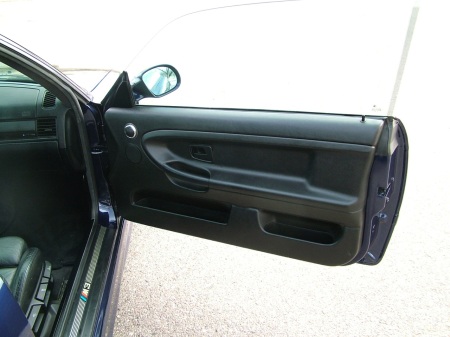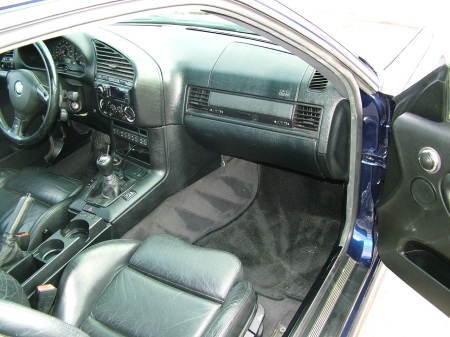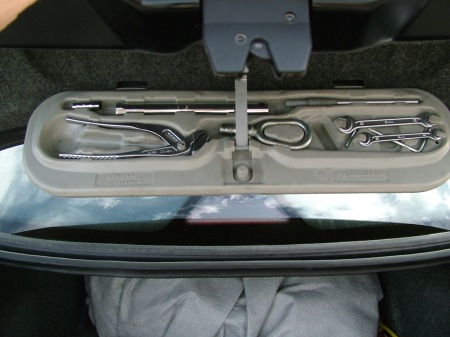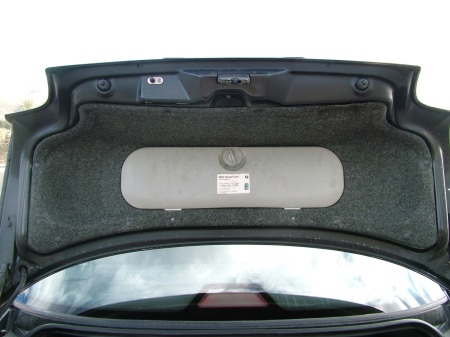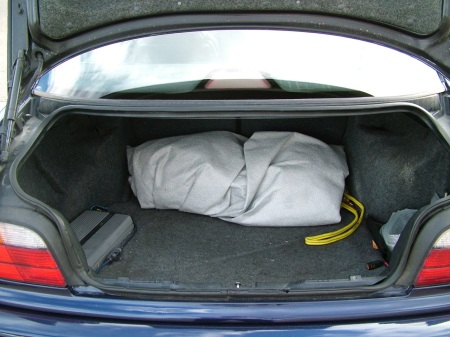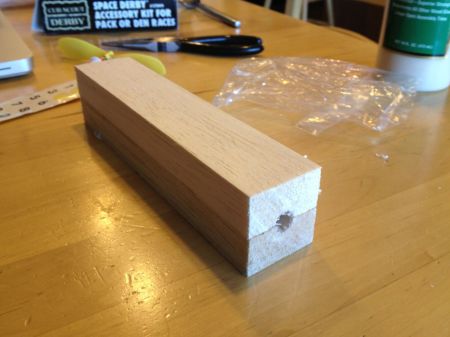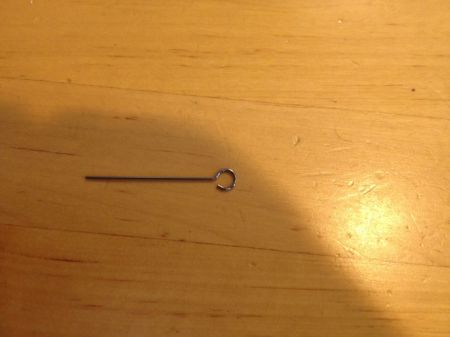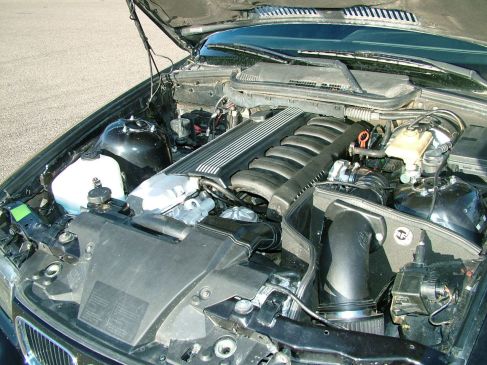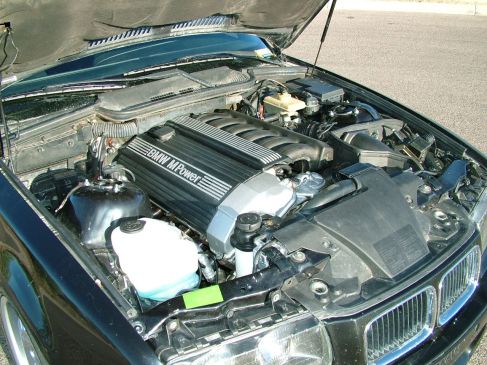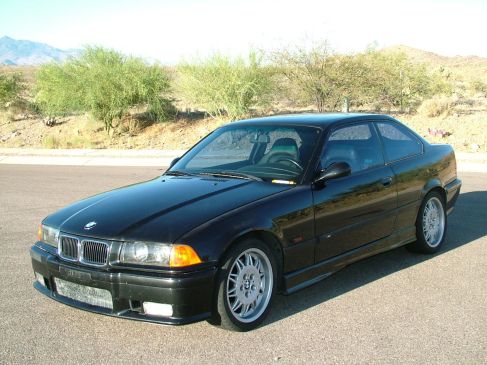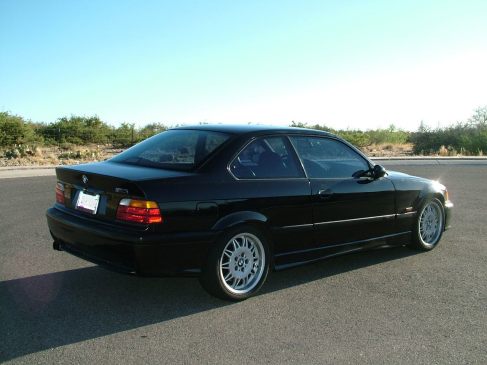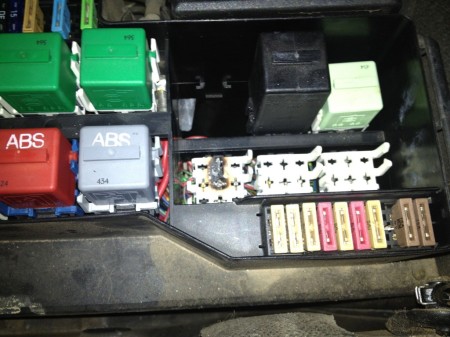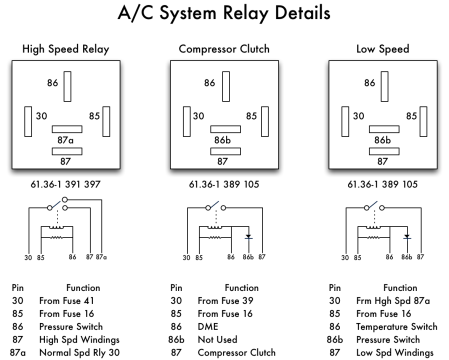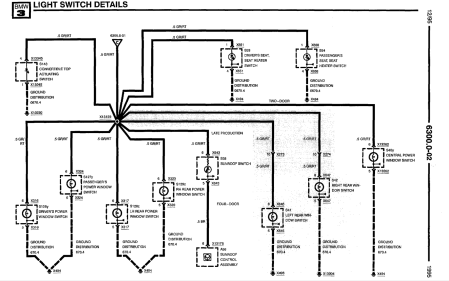What’s next
My next project will be a cafe racer based on a 1976 Yamaha RD-400.
I found a basket case (literally, it came in baskets!) RD400 on eBay. I have wnated to do something like this for a long time: a tiny, light cafe. I have never had a two-stroke and the RDs had great reputations. I have always wanted an RZ350 but those are getting collectible and I don’t do that…
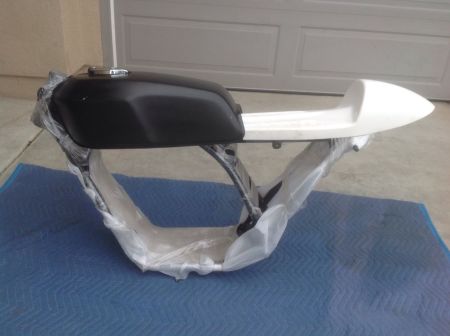
Fantasy garage
The initial set of parts did not include wheels or a swing arm. This was good, it made it easier to decide to go all out and make this really different. I started off with a few ground rules: I wanted modern tires, but not enormous tires the bike couldn’t deal with and I wanted to keep the suspension geometry as close to “as designed” as I could. I will also not take short cuts on this build. I have no deadlines and will take my time and do what I want here
The original RD400 came with 18″ wheels which are evidently enormously heavy and very narrow. 18″ tires are getting hard to find so I set about looking for a set of 17″ wheels that could take the sorts of tires I wanted. I am targeting 110/70R17 and 150/60R17. Both of these sizes are easy to find with modern radial construction.
Ninja 250’s were my first bet. It is a light low powered bike built continuously sine the 80s. But as it turned out until very recently (2008) it had 16″ wheels. That left only very recent bikes and finding wheels was difficult. I started looking at early 90’s sport bikes and found the the CBR600 F2 had the size tires I was targeting. And wheels were pretty easy to come by. There are other bikes that could lend their wheels, FZ400s wheels are popular swaps, but
I don’t really like the three spoke designs so common today. The CBR wheels are six spoke and look good (they will not be yellow when I am through!).
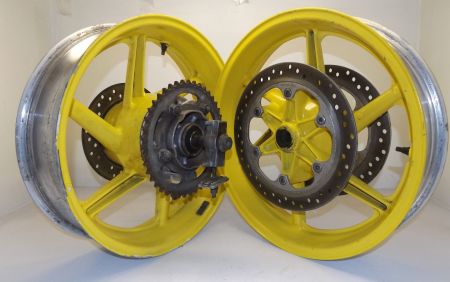
Researching the RD400 on various forums indicated that late 2000’s GSXR-600 forks were a good fit to move up from the spindly little forks the bike came with, and they are pretty cheap to come by as well. The All Balls Racing website has an excellent search function for doing fork swaps. They showed that to put these forks on the RD400 frame I would need 30mmx48mm Roller Bearings.
So, here I had an RD400 frame, CBR600F2 wheels on the way and GSX-R600 forks. Now I could sit and wait for the part to arrive. And the bike is taking shape in my mind and perfection is mine for the taking!
Reality Garage
Rotors
Mixing and matching parts from various manufacturers is not for the faint of heart. For example, the GSXR forks are set up for 310mm rotors, but the CBR600 wheels are 298. The bolt pattern for the wheels is 6x166mm which is very unusual. I found a parts list for EBC brakes that showed the modern Triumph Thruxton had the same rotor bolt pattern so I order some of those rotors.
Front wheel bearings
My research show the CBR wheels use 47mm bearings with a 20mm axle. The GSXR forks are set up for a 25mm axle so i bet on the come and ordered so 25mmx47mm bearings. And here was my first dose of reality: The CBR wheels actually had 42mm bearings. OK, that isn’t tragic and I found some bearings that should do the trick, they won’t last 50,000 miles but they should do. Of course I had to order them.
Fork Swap
The bearing from All Balls Racing showed up and worked quite well, except that I mis-measured the length of the fork stem and pressed the lower bearing in without any spacers. I almost had the new back bearing back off when my tool slipped and irreparably damaged the race. So I cut that one off and pressed in the other new one on with spacers to make up for the longer stem and ordered yet another bearing from All Balls.
Sprocket Trouble on the Horizon
For giggles I put the CBR rear wheel in place in the RD frame with the wheel centered. It looks very much like I am going to have to play serious games with the sprocket carrier to get the chain to clear the frame. Oh, and if I wanted anything like the original wheel base I will have to build my own swingarm. Well, I am doing this for the challenge.
So begins another project where it will likely be 2 steps forward and one step back for a long, long time.
Today’s scorecard:
| Fitting Thruxton rotors to the CBR front wheel |
Win |
Research worked, rotors fit perfectly and the rotor bolts even fit. |
| Fitting the GSX-R forks to the RD Frame |
Tie |
Will ultimately work, but I lost style points for mis-measuring and destroying a brand new bearing |
| Fitting the CBR wheel to the GSXR fork |
In play |
Found bad data and ordered the wrong bearings, but there is plenty of room in the wheel for the bigger axle once the correct bearings arrive. |



 Posted by EnderW88
Posted by EnderW88 